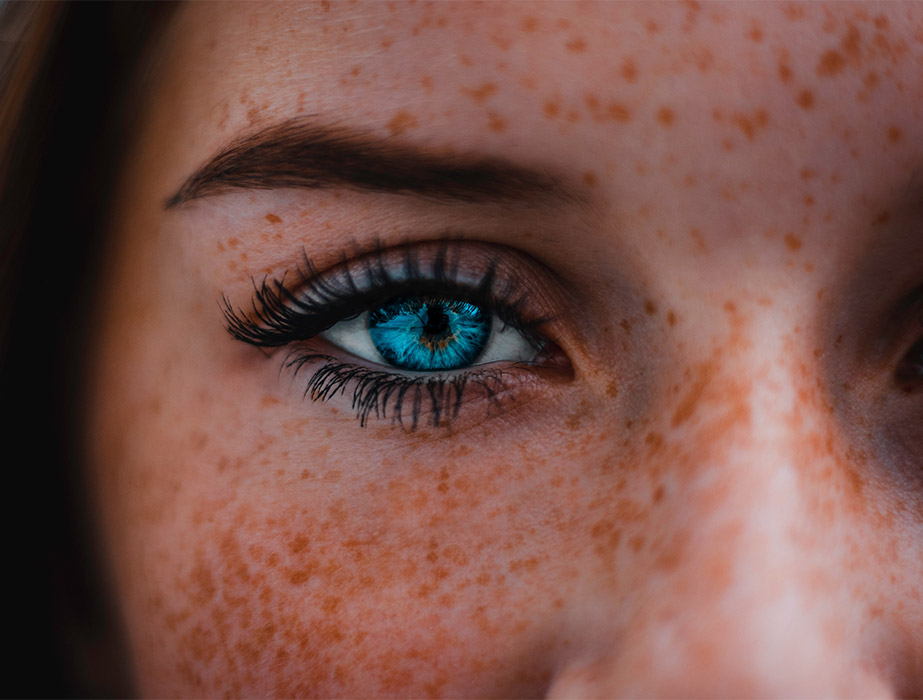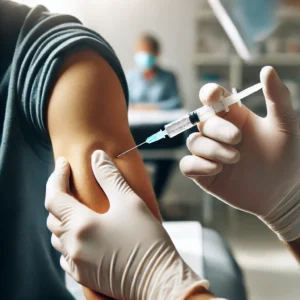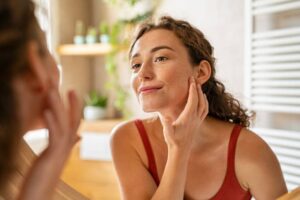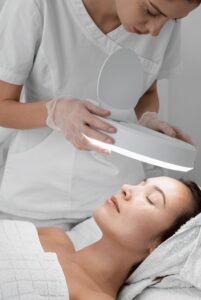It was 40C outside the other day, as I sat in air conditioned comfort, completing an additional certification in Skin Cancer Medicine. It reminded me to let my patients know it is now time to book in for their annual skin checks, and to do the same myself.
Beauty may only be skin deep, but unfortunately skin cancers are not, causing a significant percentage of preventable deaths in Australia. Preventable because skin cancers are visible, detectable and therefore completely treatable if picked up early with a thorough skin check.
The importance of skin checks has recently been highlighted in a project (SCREEN) conducted in Germany, where 19% of the population underwent a skin check. This saw a 50% reduction in melanoma deaths across the entire German population over the next 5 years!
The biggest skin cancer myths
Everyone, including those with darkly pigmented skin, should have a skin check done as a baseline. From there, the frequency of checks will depend on individual risk. It is a common misnomer that dark skinned people are completely protected from skin cancer. I have diagnosed skin cancers in very tanned patients. A famous example in history is Bob Marley, who passed away due to melanoma. Having said this, fair people with tendency to burn easily are definitely more susceptible to skin cancer and should have yearly skin checks.
Are you in a high risk category?
Those with a family history of skin cancer, older people (above the age of 40) and those with a history of skin cancer themselves are considered high risk and should be checked by a trained GP every year.

What is best practice for skin checks?
Evidence shows that people who are aware of their skin and bring changes to the attention of their doctor have the best chance of early skin cancer detection. I recommend patients check for new or changing skin lesions with the aid of a mirror and/or partner on a monthly basis.
The acronym A, B, C, D, E, F, G (Asymmetry in colour and shape, Border being irregular, Colour variation in the lesion, Diameter of more than 6mm, Elevated, Firm and Growing) is used to highlight skin lumps and bumps of concern. As yet, mole mapping technology and full body photography has not reached a stage where the rate of early pick up is any better than the full head-to-toe examination by a trained GP.
What happens at a GP skin cancer check
At Azure Medical, the GP will do your skin check with a head-to-toe exam (underwear remains on) including hands, feet, scalp and neck and look at any suspicious areas under magnification with a specialised tool called a dermascope. If there is anything suspicious, treatment can be provided at the clinic or a referral can be made to a plastic surgeon, dermatologist or oncologist as appropriate.
This summer, book in your skin check as part of your skin cancer prevention plan– “Slip, Slop, Slap, Slide and Check!”
Stay cool ; )






